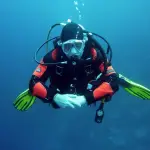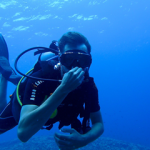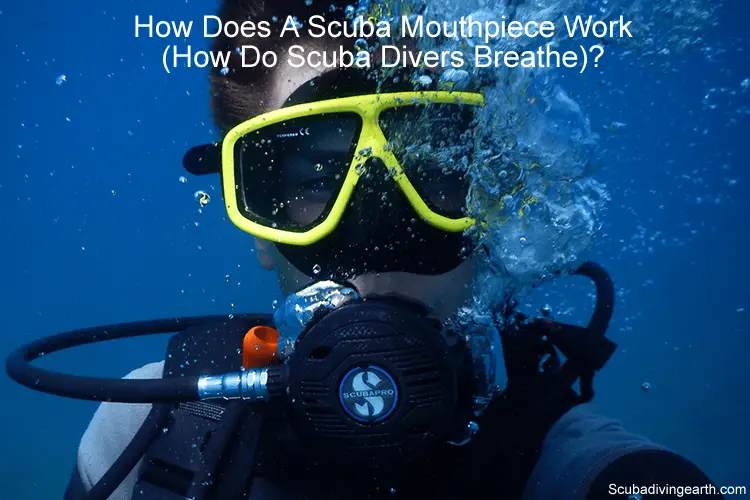
How does a scuba mouthpiece works rk to enable scuba divers to breathe?
The mouth piece for scuba divers is called a regulator or a ‘demand valve.’ Also, the word ‘SCUBA‘ is an acronym of Self Contained Underwater Breathing Apparatus.
A scuba mouth piece works by reducing the air pressure in your dive tank from around 200 bar (2,900 psi) down to ambient pressure. Ambient pressure is the pressure of the water that surrounds you on a dive. The first stage reduces the pressure to around 8-11 bar (116-160 psi) or intermediate pressure.
The second stage is where the intermediate pressure is reduced down to ambient pressure, where it’s safe to breathe.
What does scuba gear work?
Scuba diving gear works so you to visit the the wonderful world that exists underwater. When you learn how to scuba dive, a big part of your scuba training is to learn about diving equipment.
Scuba gear includes:
- Your mouth piece (or your regulator).
- A contents gauge.
- A secondary regulator (or alternative air source).
- Your buoyancy control device.
- Air tanks.
- Mask and snorkel.
- Exposure suit (e.g. a wetsuit or drysuit).
- Weight belt.
- Fins.
- Dive computer.
- Compass.
- Underwater torch (or flash light).
The best way to do more diving is to book yourself on a scuba diving liveaboard. You can check the latest and best deals on liveaboards using the following window:
More Reading: Why use a diving torch scuba diving (It’s not just for night diving)
But probably the most important part of your scuba equipment is your mouth piece or regulator. If there’s one piece of equipment to get right as a beginner scuba diver, it’s your breathing apparatus.
Understanding how a scuba mouthpiece works is useful for when you are looking to buy your own equipment. That’s the exciting part! If you love scuba, you’ll love it when you unwrap your brand new shiny regulator.
When you buy your very first regulator:
- Don’t buy the cheapest.
- But you don’t need to buy the most expensive either.
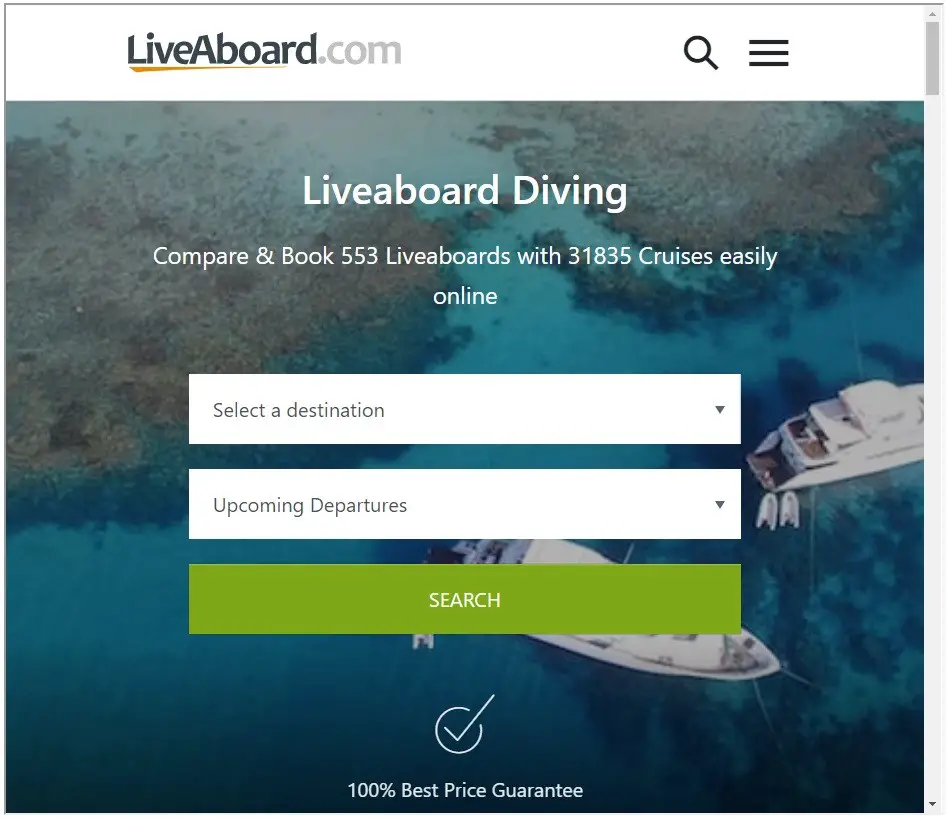
How does a scuba mouthpiece work?
A diving regulator is an ingenious piece of equipment.
It works by using pressure differences as breathe underwater. When you inhale you reduce the pressure inside the regulator, which allows the regulator to deliver air to you.
Within a diving regulator there are the first and second stages. These are explained as follows:
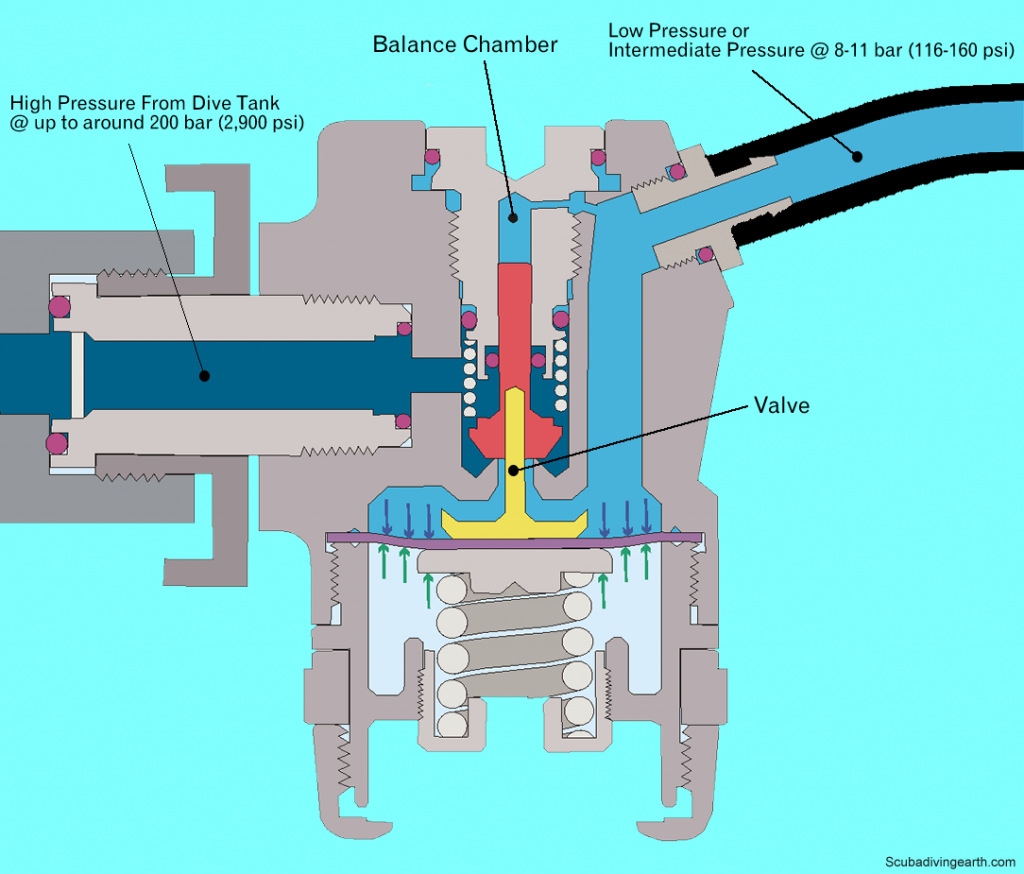
The first stage of a regulator and how it works
The first stage works by reducing the pressure of air from your dive tank to around 8-10 bar above the ambient pressure. Ambient pressure is the pressure surrounding you underwater. Which increases the deeper you dive.
More Reading: Do empty scuba tanks float? (This depends on the material they are made from)
The first stage of a regulator includes two air chambers, which are separated by a valve.
When the regulator is not pressurised, i.e. when it’s not connected to your air tank, this valve is open. But when the regulator is connected to your air tank with the air switched on, air flows at high pressure into the first chamber. This air passes through the valve to the second chamber.
Once the air in the second chamber reaches an intermediate pressure of between 8 to 11 bars (116 to 160 psi), the valve closes.
When you breath air from your second stage (see below), the intermediate pressure reduces, which allows the valve to open. With the valve open more air flows from the first chamber to the second chamber until the intermediate pressure is reached once more.
The second stage of a regulator and how it works

The second stage is the part that you put in your mouth.
The function of the second stage is to reduce the air pressure from an intermediate pressure of between 8-11 bar to ambient pressure.
Air at ambient pressure is low enough for you to breathe safely. But air will only flow from your regulator when you inhale.
This is an important feature of the second stage. With out this feature, the air flow would be constant. This would lead to your dive tank running out of air very quickly.
Unlike the first stage, the second stage has just one chamber. But it’s similar as it has a valve, which remains closed until you inhale. The valve inside the second stage is operated via a diaphragm and lever. When you inhale the ambient pressure (i.e. the pressure surrounding you), reduces which opens the second stage valve.
The ambient pressure of the surrounding water pushes on the diaphragm, which in turn presses on the lever, which opens the value and releases air.
1st stage vs. 2nd stage regulator
If you compare 1st stage vs. 2nd stage regulator, this can be explained briefly as follows:
- The 1st stage reduces the high air pressure from your dive tank to an intermediate pressure of around 8-11 bar (116 to 160 psi).
- The 2nd stage reduces the intermediate pressure to ambient pressure so it’s safe to breathe.
I hope you enjoyed this article about how does a scuba mouthpiece work
I’d love to hear from you. Tell us about your adventures of diving and snorkeling, in the comments below. Please also share your photos. Either from your underwater cameras or videos from your waterproof Gopro’s!
If this article hasn’t answered all of your questions. If you have more questions either about snorkeling or scuba diving (or specifically about how does a scuba mouthpiece work), please comment below with your questions.
There will also be many more articles about scuba diving (and snorkeling) for you to read and learn about these fabulous sports.
Have fun and be safe!



